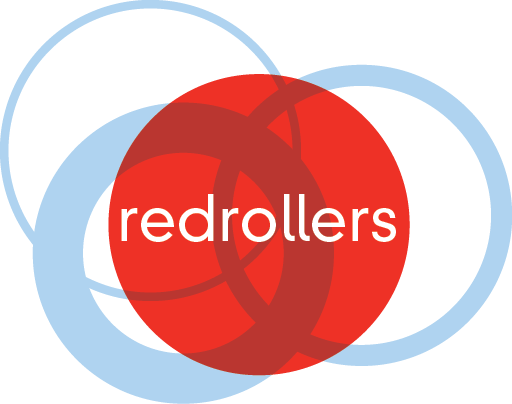Remembering, capturing and representing feelings and stories
The time we have with participants is precious so priming them for participation is often essential. Enabling people to connect with their previous experiences, good and bad, before meeting is a key part of our research process. We do this through pre-tasks such as cultural probes and video or visual diaries to help people remember, capture and represent their feelings and stories.
Examples of lived experiences
It’s difficult to recall things on the spot. How many times have you walked away from a conversation and thought ‘hmmm that’s right there was that time when such and such happened or I did X …’ These precious examples of the lived experience are lost if we don’t take the time to help people reflect on their journey – be it with a brand, a device or a new behaviour. This is the sensitising phase.
The sensitising phase was particularly important for a project we did exploring the experience of HIV testing. It’s difficult to remember a single test, if you have had lots of tests over the years. It’s often only the bad experiences that come to mind. For this project we designed testing journey maps and letter writing activities, to help people reflect on and visualise their ideal testing experience. Using this process, the men were able to decode and reflect on the testing experience, clearly defining the characteristics and elements of a good testing experience. They could then easily work on the generative activities in workshops to take these ideas further.
Raw, illuminating and intimate
Video tours and journals are a particular favourite. Rich video text is powerful: raw, illuminating and intimate. Giving participants specific questions and prompts helps them feel comfortable with the process. Starting off with the easier questions and examples is essential. For example something simple like: take us on a tour of your home telling us about things that are meaningful to you; and, walking through your neighbourhood tell us about what it’s like to live here. Once they are comfortable with the process we can be more specific: asking people to find something to record that represents what makes you feel anxious or stressed and to tell us why.
Mobile diaries are another way of eliciting and capturing rich data as well as sensitising people to their daily rhythms.
Sensitising activities also work for stakeholder workshops. For instance, asking stakeholders to bring along and talk about inspiring or interesting artefacts gets a session off to a positive start. These examples and ideas help ignite conversations and spark adaptions and new ways of looking at the topic area. It could be anything – examples of case studies or activities, local or global that generates discussion. It’s about priming stakeholders to reflect on the landscape and capture some thought provoking ideas to share and use for generative activities.
Feeling more prepared
By doing these activities prior to an interview, discussion group or workshop people feel more prepared and able to express their feelings – because they have had a chance to reflect in their own time and environment. The materials can be used as a talking point during the research, sharing and comparing individual stories and experiences.
Reflecting on daily rhythms
The best part about the sensitising process is that people learn something new about themselves. They usually enjoy the playful nature of the questions and materials and often appreciate the opportunity to stop and look at their life a little more closely.



